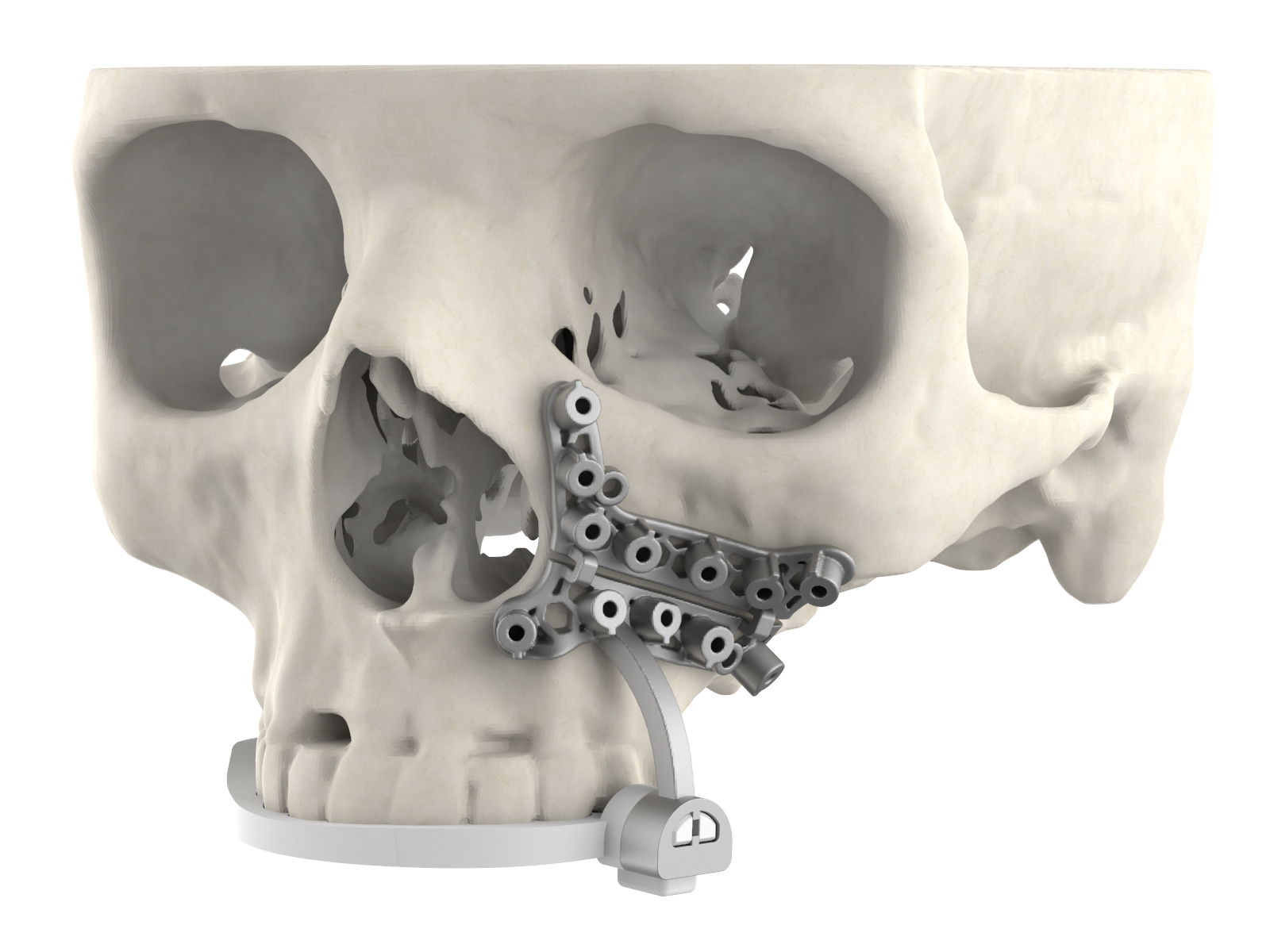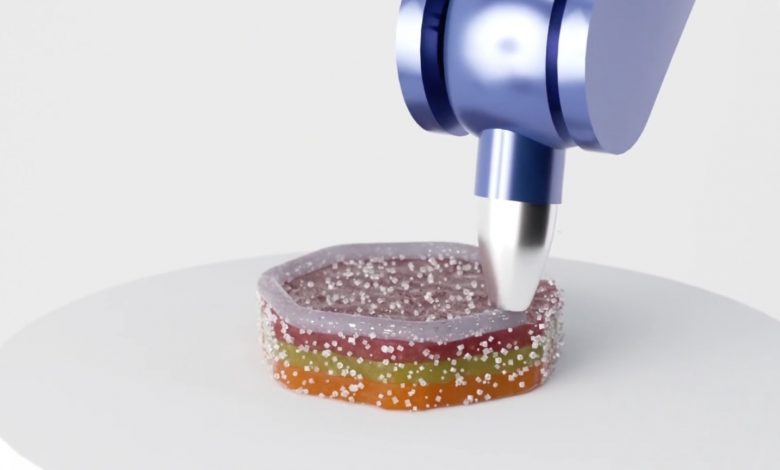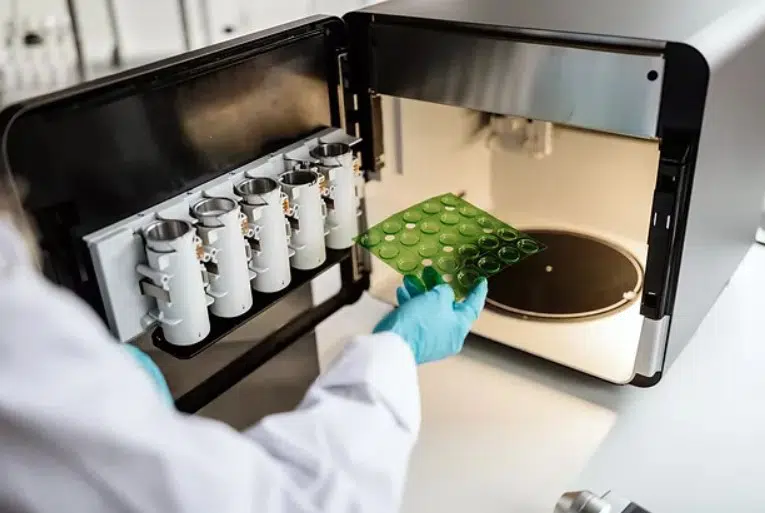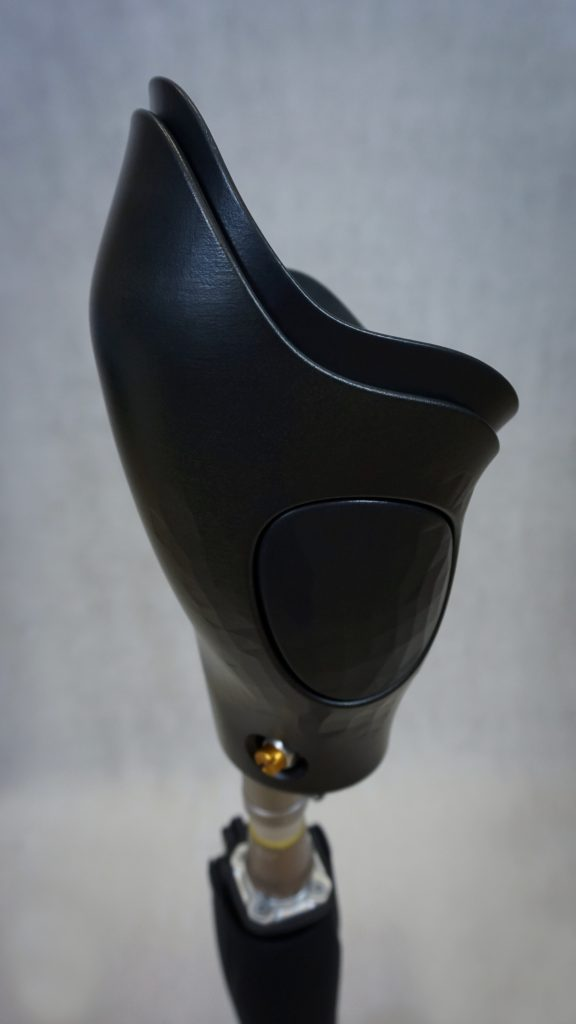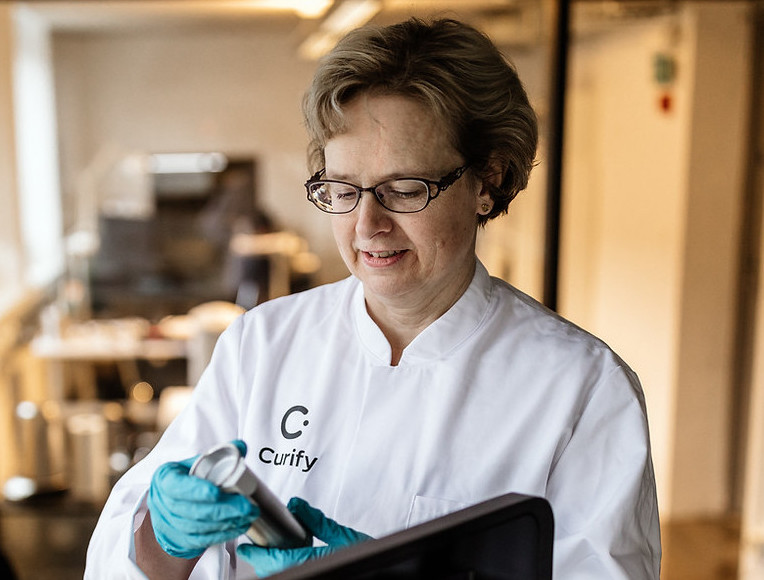3D Systems and Enhatch Partner to Scale Delivery of 3D Printed Medical Devices
US 3D printer manufacturer 3D Systems has entered into a partnership with artificial intelligence (AI) medical firm Enhatch to make the design and delivery of patient-specific medical devices more efficient.

